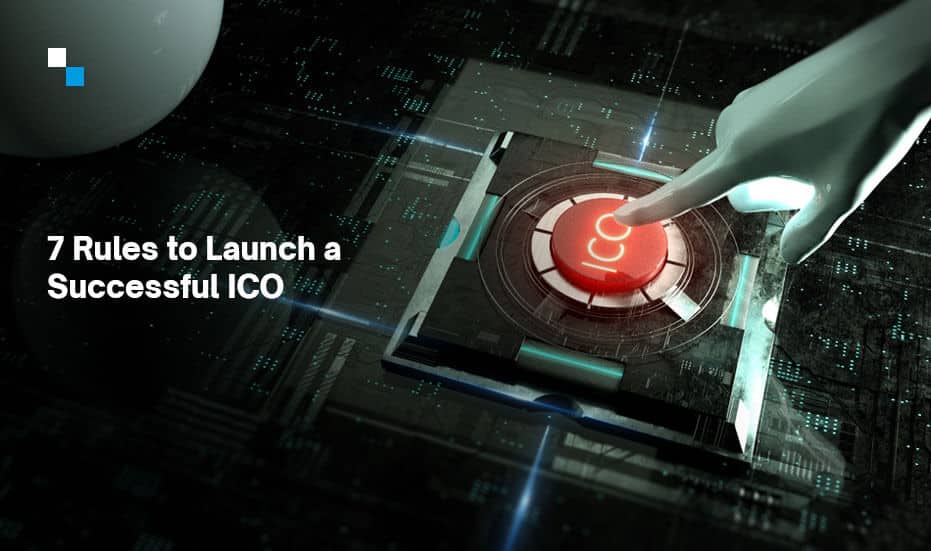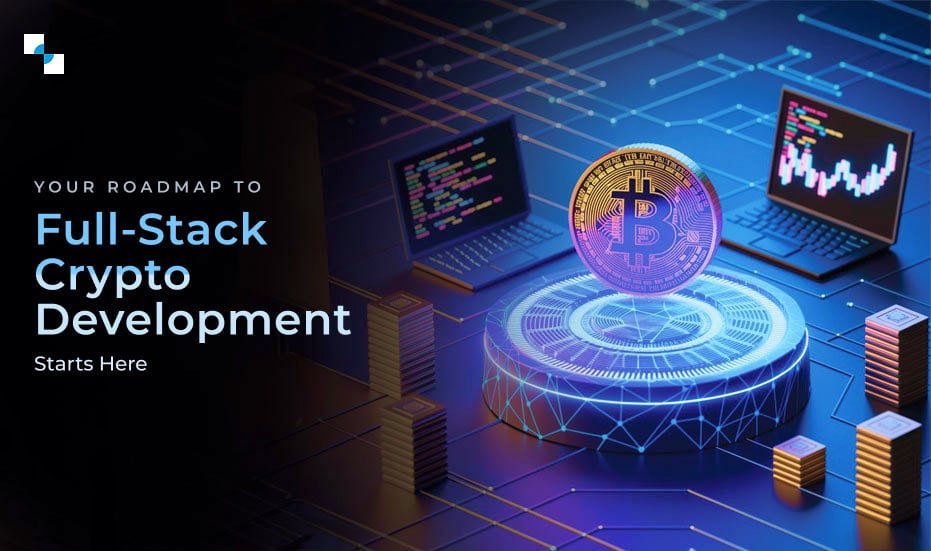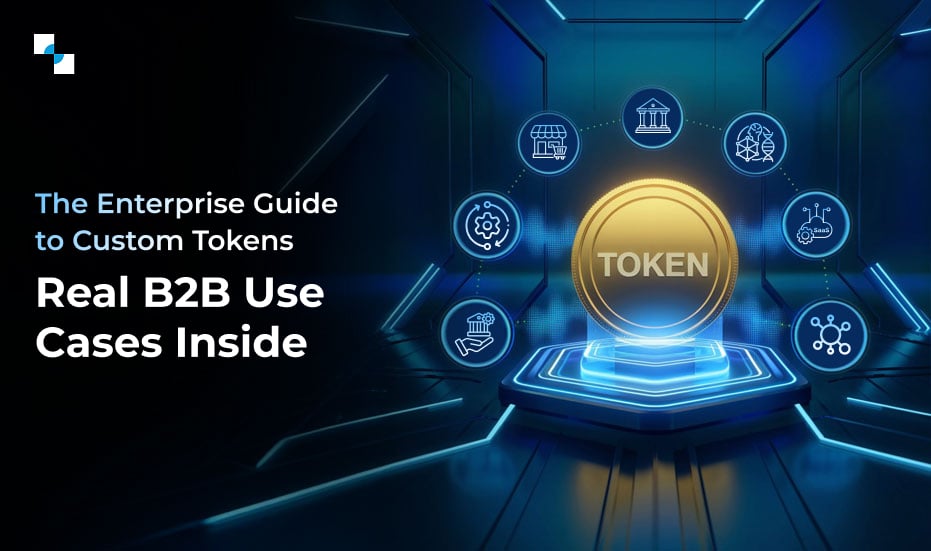In the world of cryptocurrencies, Initial Coin Offering (ICO) has been attracting maximum hype and anticipation. Since 2015, crypto investors have been watching the ICO development space very closely to identify the next big 10x or 100x opportunity. Between August 2015 to December 2017, the market for ICOs grew to an unprecedented level. However, the reports later revealed that almost 50% of the ICOs conducted in 2017, and 2018 failed to raise even a single dollar because they tried to ride the hype and rolled out without thorough preparation.
Determinants of ICO success – 7 simple steps
According to a study conducted of 630 successful ICOs between 2015-2017, an ICO is bound to be successful if it discloses enough information to its investors, the project has a pre-ICO GitHub repository, a presale is organized, the project avoids offering bonus schemes, has shorter token sale durations and has a public team. In spite of this, some ICOs failed because they missed out on conducting the ICO in accordance with below mentioned ICO rules:
RULE #1 – ICO Research, planning & team
Before you begin with Initial Coin development, it is a must to analyze and understand the market demand. Based on this, your team advisors, IT developers, and business developers will design the business model. Once the idea is finalized, it is very important to discuss it with the experts to make sure it’s feasible and work on the feedback provided.
When the business plan is in place, you need to work with developers to break it down into an achievable roadmap. While breaking it down, you need to following aspects in mind:
- Your team should be big and qualified enough to deliver as per the roadmap.
- You must have enough funding to meet the ICO development stages cost.
Investors keep a very close eye on how often your team is committing code in open-source repositories like GitHub. So, it’s very important to have a well-thought and achievable plan in place.
RULE #2 – Whitepaper Roll-out
The whitepaper is the first thing that an investor looks for before investing in an ICO. At the first stage of ICO development, make sure you have a 25–30-page whitepaper live that provides investors answers to the following questions:
- What problem is your project trying to solve?
- What is the market size of the problem that your project is solving?
- What is the solution that your project is offering?
- What are the technical, and non-technical aspects of your project?
- Project roadmap and timeline
- Team and advisor details
- Detailed tokenomics
It is best to have a project website that hosts your whitepaper. This gives investors some level of confidence in your project.
Get the Best ICO development services
Schedule Free DemoRULE #3 – Right tokenomics
This is the trickiest part of Initial Coin development. Some of the very important points that you need to keep in mind are:
Decide the caps
Soft and hard caps define the minimum and maximum amounts that your ICO must raise before it ends. You must set these caps before you start the ICO offering and once it’s achieved, you can showcase it in the ICO success. You can also choose hidden caps in which the investors will not know the exact capitalization until the ICO offering and the end of the allocation.
Capped or uncapped models
You need to decide whether you want to put a limitation on the number of ICO participants or the amount raised in the ICO. It could be a first-come-first-serve basis ICO model with no limit on the number of tokens.
Dutch auction ICO offering
You can use a smart contract that calculates the token prices based on the bids received. The smart contract is designed in a way that it prioritizes the highest bids and once the caps are reached, the sale ends.
RULE #4 – Smart Contract Development
To promise the fairness of the ICO offering, you need to have a smart contract in place that allows investors to handle, transfer and sell the tokens. This smart contract needs to be connected to your token wallet and must be audited internally as well as externally.
RULE #5 – Digital Wallet Development
You must have your own digital wallet before you start the ICO offering.
RULE #6 – Post-sale Monitoring
Once the ICO offering is complete, make sure you stay on top of post-sale monitoring. This means you should have an explorer that tells investors when the vesting periods and timelines are. Once the lock-in period is over it much show investors the 24-hour trading volumes and more details.
RULE #7 – Exchange Listing
Getting the tokens listed on tier 1 and tier 2 exchanges is very crucial for increasing the circulation of your token. If the listing is less or trading pairs are limited, the ICO investors will struggle to trade the tokens which is not a healthy sign.
At Antier Solutions, we bring your years of ICO development expertise to make sure all the required rules are meticulously followed. We offer end-to-end ICO development services – from token and smart contract creation to white paper creation and marketing – to make your ICO successful.
Connect with our subject matter experts to take your project from ideation to production!







